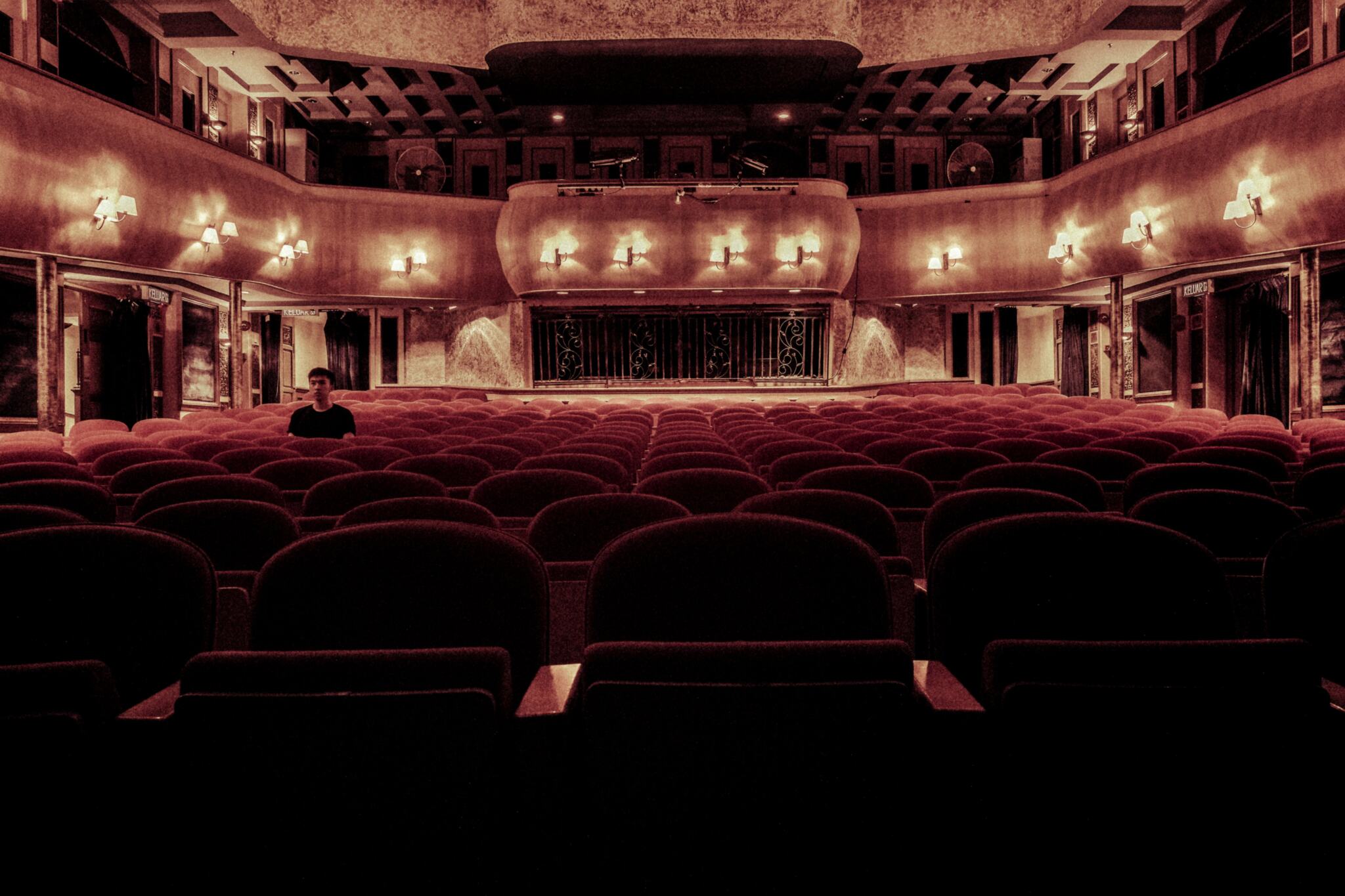
Pittsburgh, a city known for its rich cultural heritage, is home to some of the most iconic theater venues in the United States. These theaters are not just architectural marvels but also the epicenters of performing arts, where the magic of theater comes to life. Behind the grandeur of performances lies an intricate world of creativity, hard work, and dedication. This article will take you on a journey behind the curtains of Pittsburgh’s premier theater venues, exploring the untold stories and the bustling activities that make each show a mesmerizing experience for the audience.
Among these notable venues is the Benedum Center in Pittsburgh, a cornerstone in the city’s theater scene. Known for its grand architecture and vibrant history, the Benedum Center offers more than just a space for performances; it’s a place where artistry and imagination converge.
At the heart of every successful theater production is the art of stagecraft – a world that remains largely unseen by the audience but is crucial to bringing a show to life. In Pittsburgh’s theaters, skilled professionals work tirelessly behind the scenes. These unsung heroes include set designers, lighting technicians, sound engineers, costume designers, and stage managers, each playing a vital role in the production.
Set designers at venues like the Benedum Center create visually stunning and functional sets that transport the audience to different worlds. They collaborate closely with directors to understand the vision of the play and bring it to life with their creative designs. Meanwhile, lighting technicians work magic with lights, creating the perfect ambiance and highlighting crucial moments in the performance.
Sound engineers ensure that every note of music and line of dialogue is heard clearly, balancing acoustics and audio elements to enhance the audience’s experience. Costume designers, on the other hand, are the architects of the visual aesthetic of the production. They design costumes that not only reflect the time period and setting of the play but also add depth to each character.
Last but not least, the stage managers orchestrate the entire production. They are the linchpins who ensure that every aspect of the show runs smoothly, from coordinating rehearsals to managing the backstage during performances.
Collaboration in theater is akin to a finely tuned orchestra. Each member, from the playwright to the prop master, plays an integral role in the overall performance. This collaborative spirit at venues like the Benedum Center elevates the theater experience to extraordinary heights. Directors and actors may be the most visible players, but the contributions of scriptwriters, set and lighting designers, musicians, and other specialists are equally vital.
Take, for example, the meticulous process of set construction. Carpenters, painters, and designers work unison, turning sketches into tangible, immersive environments. The coordination between the lighting crew and sound technicians is another marvel. They must synchronize their efforts to ensure that visual and auditory elements complement each other, thereby enhancing the emotional impact of a scene. The result is a seamless integration of various art forms, each enriching the narrative uniquely.
Moreover, the evolution of theater has seen an increase in once non-existent roles. Digital artists, for instance, now play a crucial part in creating virtual backdrops, while choreographers work closely with directors to ensure that movement and dialogue are in perfect harmony. This evolution showcases theater’s dynamic and ever-adapting nature, a place where various forms of artistry coalesce to create something greater than the sum of its parts.
The impact of technology on theater cannot be overstated. In Pittsburgh’s theaters, such as the Benedum Center, cutting-edge technology has revolutionized how stories are told. Advanced lighting techniques, for instance, have progressed far beyond basic illumination. Programmable LED lights and sophisticated control systems allow for intricate lighting designs that can instantly change a scene’s mood.
Sound design has also undergone a dramatic transformation. Using digital soundboards and surround sound systems has enabled sound engineers to create more immersive auditory experiences. Audiences can now feel the subtlest of sounds, from the rustling of leaves to the distant echo of thunder, adding depth and realism to the performance.
The introduction of digital projections and augmented reality has opened up new possibilities for storytelling. Scenic designers can now create dynamic backgrounds that change in real-time, allowing for fluid scene transitions and more elaborate visual storytelling. This technology enhances the visual spectacle and allows for greater creative freedom in depicting various locations and periods.
Furthermore, once limited by practical constraints, special effects have reached new heights thanks to technological advancements. Pyrotechnics, animatronics, and advanced rigging systems have made it possible to execute complex scenes precisely and safely. These elements add a layer of excitement and engagement to the performance, captivating audiences in ways previously unimaginable.
The theater venues in Pittsburgh, like the Benedum Center, are more than just stages for performances; they are hubs of artistic expression and creativity. Behind the scenes, myriad activities and collaborations breathe life into every performance, making each show a testament to the dedication and passion of the theater community. These venues stand as proud representatives of Pittsburgh’s cultural legacy, continuing to enchant audiences with the timeless magic of theater.
Also on TheatreArtLife:


Guest Posts are written by featured authors who are not frequent contributors to TheatreArtLife. Details of the contributor can be found within each article unless the author wishes to remain anonymous. If you would like to submit a guest article to TheatreArtLife, please visit TheatreArtLife.com/Contribute or select CONTRIBUTE in the menu.
Read Full Profile© 2021 TheatreArtLife. All rights reserved.

Thank you so much for reading, but you have now reached your free article limit for this month.
Our contributors are currently writing more articles for you to enjoy.
To keep reading, all you have to do is become a subscriber and then you can read unlimited articles anytime.
Your investment will help us continue to ignite connections across the globe in live entertainment and build this community for industry professionals.